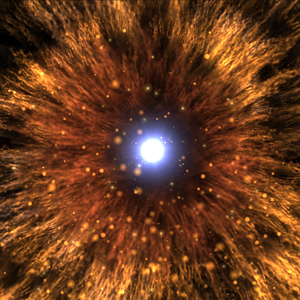
If astronomy is the oldest among natural sciences, physics of galaxies perhaps is the most recent. It started in 1926 when Edwin P. Hubble verified some nebulae to be stellar systems comparable to the Milky Way: islands of matter in a boundless space that he himself discovered to be expanding. Since then astronomers, backed by advances in the technology of observations both from ground and from space, have piled up data to disentangle the variety of forms and phenomena filling the deep sky up to the cosmic horizon. The ultimate aim of this new branch of astrophysics, often named extragalactic astronomy, is to understand how and when galaxies of the various types and sizes are born and how they evolve due to aging as well as to interactions with the environment. Historically galaxies were first classified on the basis of their appearance. Then astronomers undertook the mapping of the distribution of light, assumed to be the tracer of the underlying distribution of matter. Spectroscopy helped modelling the way in which each galactic edifice fights against its own gravity: investigations often made difficult by challenging obstacles as the gauging of cosmic distances. New ingredients were then discovered, such as blacks supermassive holes, halos of hot gas and dark matter. The paradigm of the first studies was “equilibrium”: a view imposed by the relative novelty of the subject and of the involved phenomenology, supported by the confidence that overall changes are extremely slow. Finally astronomers started taking into consideration the concept of feedback which may introduce discontinuities in the game of evolution. The course is about these discoveries and about the physical models interpreting them.
Physics of Galaxies is a two-part course. We invite you to follow them both to complete the topics covered.
- Docente: Massimo Capaccioli
